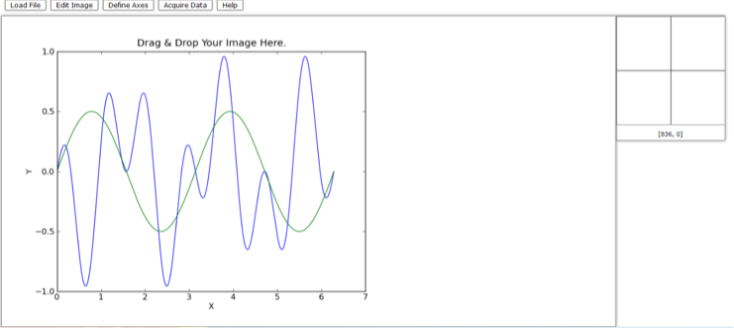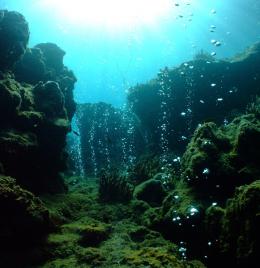Brilliant piece on the importance of pace and explanation in academic writing. Well worth a read!
Last week I happened across a facebook post which went a little like this. “My supervisor has just told me my literature chapter was slow and tortuous. What do I do?”
This feedback is a pretty clear example of a supervisor knowing there is a problem with the writing but (a) not actually saying what writing that was ‘right” would look like, and (b) not offering any strategies for the writer to use. The PhD researcher probably had no idea what they were aiming for, nor any idea how to get there. I’m guessing they not only felt bad because what they’d done was deemed inadequate, but also pretty worried about the fact that they didn’t have a clue about what to do to rectify the situation.
Now I haven’t seen the piece of problematic writing, and I can only hazard a guess at what the problem might be. But…
View original post 1,026 more words



















